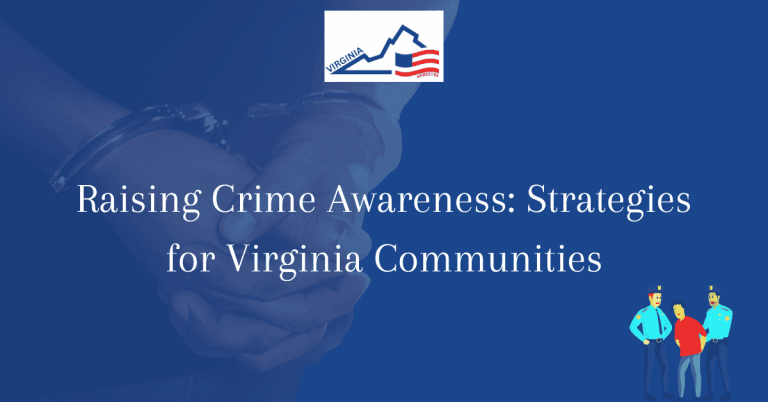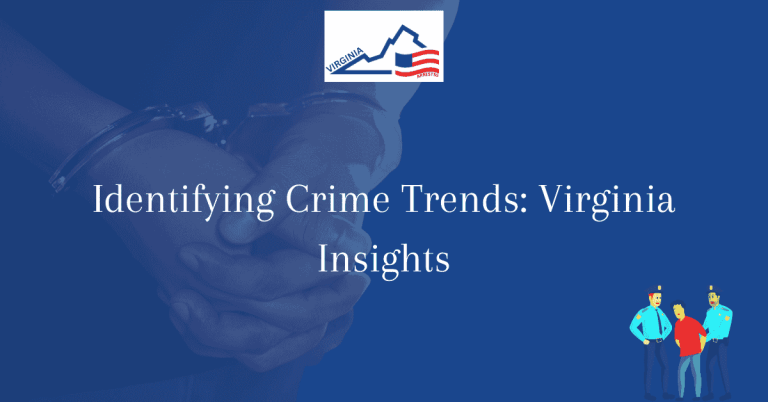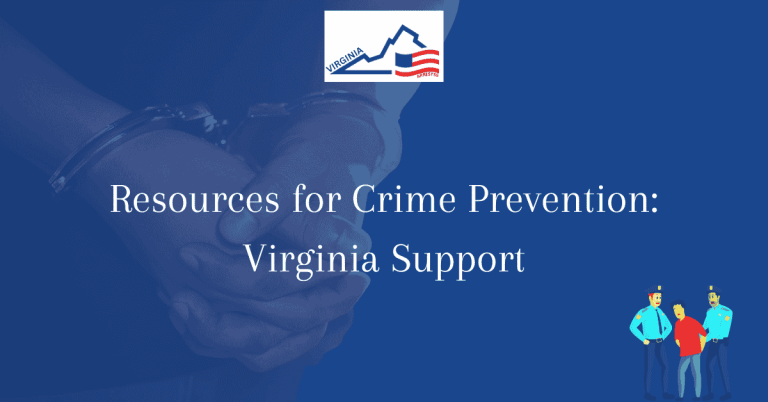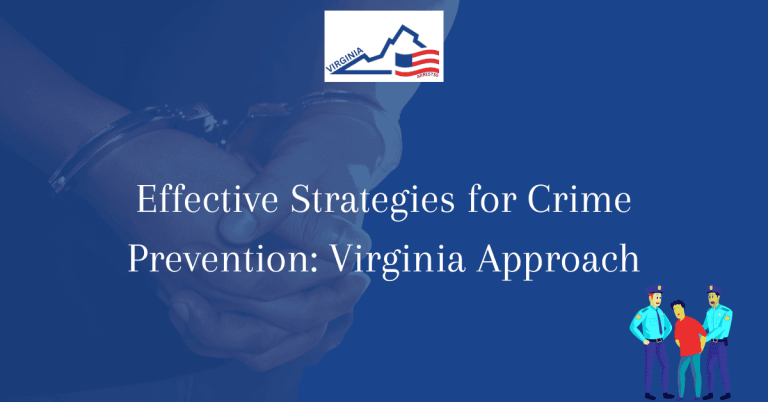Analyzing Crime Patterns: Virginia Crime Analysis
Crime patterns in Virginia reveal intriguing insights into the state’s safety and security landscape. By delving into Virginia crime analysis, we can uncover trends, hotspots, and potential preventive measures. Understanding the nuances of crime data can aid policymakers, law enforcement agencies, and communities in fostering a safer environment for all residents.
Virginia crime analysis goes beyond numbers; it paints a vivid picture of criminal activities, modus operandi, and demographic patterns. By harnessing this information, stakeholders can strategize efficient resource allocation, enhance law enforcement strategies, and ultimately work towards reducing crime rates across the state. Stay tuned as we explore the intricate web of crime patterns in Virginia and strive towards a more secure future.
Crime Patterns in Virginia
Virginia, like many other states, experiences various types of crimes ranging from property crimes to violent offenses. By analyzing these crime patterns, law enforcement agencies and policymakers can gain valuable insights into the dynamics of criminal activities in different regions.
Types of Crimes in Different Regions
From urban centers to rural areas, Virginia’s crime landscape is diverse and multifaceted. Understanding the types of crimes prevalent in each region is crucial for developing targeted interventions and allocating resources effectively.
Identification of Influential Patterns
By identifying influential patterns in crime data, analysts can pinpoint trends and hotspots that require immediate attention. This information can help law enforcement agencies prioritize their efforts and deploy resources strategically.
Importance of Comprehensive Crime Analysis
Comprehensive crime analysis goes beyond simply identifying crime trends.it entails interpreting data, mapping crime hotspots, and understanding the underlying factors driving criminal activities.
Identification of Hotspots and Trends
Mapping crime hotspots and trends allows law enforcement agencies to focus their efforts on areas with the highest crime rates. By targeting these hotspots, agencies can effectively reduce criminal activities and improve public safety.
Factors for Detailed Criminal Activity Picture
Factors such as socioeconomic conditions, demographics, and community dynamics play a significant role in shaping crime patterns. Understanding these factors is essential for developing holistic crime prevention strategies that address the root causes of criminal activities.
Utilizing Data for Effective Crime Prevention
Data interpretation is a crucial aspect of effective crime prevention. By analyzing crime data and interpreting trends, law enforcement agencies can make informed decisions that lead to more efficient resource allocation and a safer environment for all residents.
Informing Decision-Making Processes
Crime analysis provides valuable insights that can inform decision-making processes at all levels of law enforcement and policymaking. By leveraging data-driven approaches, agencies can develop targeted interventions that address specific crime trends effectively.
Efficient Resource Allocation for Safer Environment
Efficient resource allocation is key to preventing crime and ensuring public safety. By utilizing crime analysis techniques, agencies can allocate resources where they are most needed, resulting in a more effective and responsive law enforcement system.
Frequently Asked Questions
Our Frequently Asked Questions section aims to provide detailed information on Analyzing Crime Patterns: Virginia Crime Analysis. Below are some common queries answered in depth.
What is crime analysis and why is it important?
Crime analysis is the systematic study of crime and disorder problems as well as other police-related issues. It involves the collection and analysis of data to identify patterns and trends that can aid law enforcement agencies in developing effective strategies to combat crime. Crime analysis is crucial for enhancing public safety and reducing criminal activity in communities.
How does crime analysis help law enforcement agencies in Virginia?
Crime analysis plays a vital role in assisting law enforcement agencies in Virginia by providing valuable insights into crime patterns, hotspots, and trends. By analyzing data, law enforcement can allocate resources more efficiently, target high-crime areas, and develop proactive crime prevention strategies. This helps in improving overall public safety and reducing crime rates in the state.
What are the key components of crime analysis in Virginia?
The key components of crime analysis in Virginia include data collection, data processing, data analysis, and dissemination of information. Law enforcement agencies collect various types of data, such as crime reports, calls for service, arrests, and demographic information. This data is processed and analyzed to identify patterns, trends, and relationships that can help in solving crimes and preventing future criminal activities.
How can technology enhance crime analysis in Virginia?
Technological advancements have revolutionized crime analysis in Virginia by providing tools and software that enable law enforcement agencies to process and analyze data more efficiently. Geographic Information Systems (GIS), predictive analytics, and crime mapping software are some of the technologies used to visualize crime patterns, identify hotspots, and predict future criminal activities. By leveraging technology, law enforcement agencies can enhance their crime analysis capabilities and improve decision-making processes.
What are the challenges faced in crime analysis in Virginia?
Some of the challenges faced in crime analysis in Virginia include data quality issues, limited resources, and the complexity of criminal activities. Ensuring the accuracy and reliability of data is crucial for effective crime analysis. Additionally, law enforcement agencies may face budget constraints and staffing limitations that can impact their ability to conduct thorough data analysis. Furthermore, the evolving nature of crime poses challenges in predicting and preventing criminal activities.
How can communities in Virginia benefit from crime analysis?
Communities in Virginia can benefit from crime analysis by collaborating with law enforcement agencies to address crime and safety concerns. By understanding crime patterns and trends, communities can work together with law enforcement to implement targeted crime prevention initiatives, enhance neighborhood safety, and foster a sense of security. Crime analysis empowers communities to be proactive in addressing crime issues and creating a safer environment for residents.







